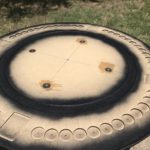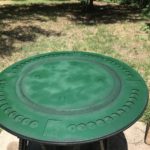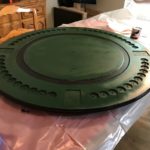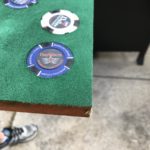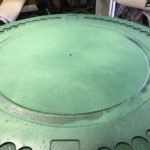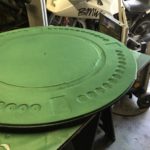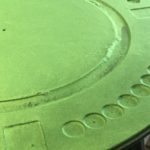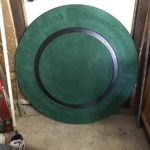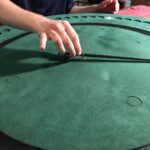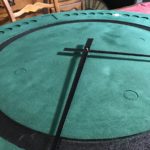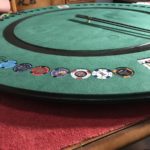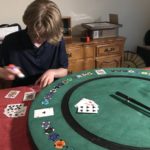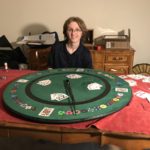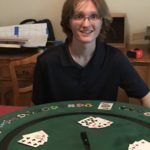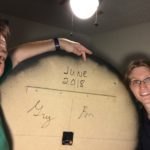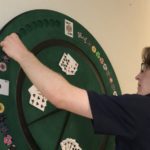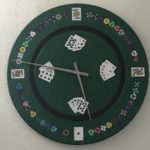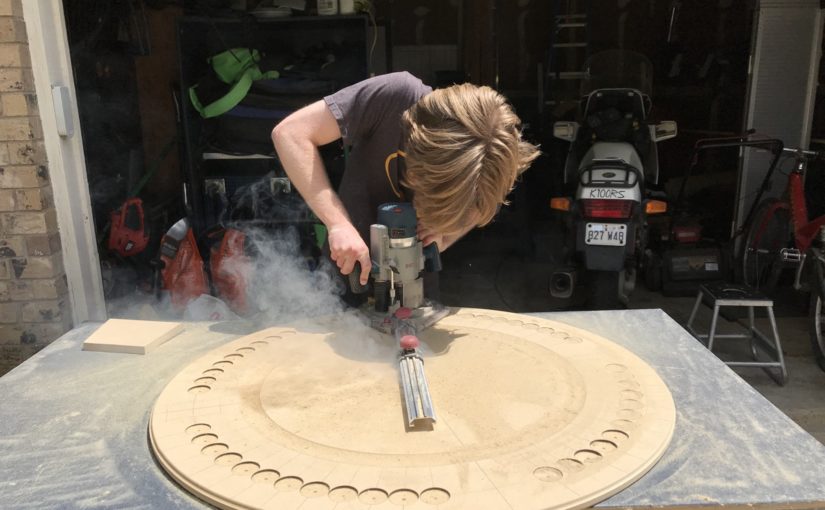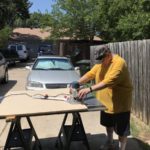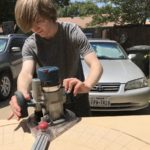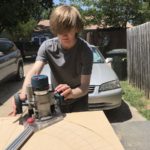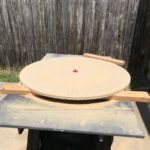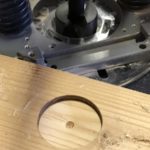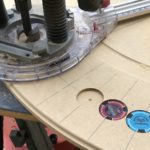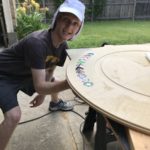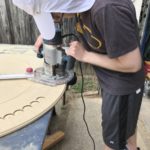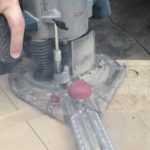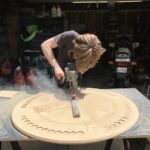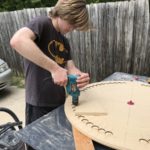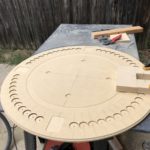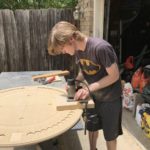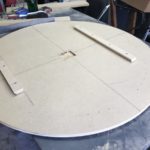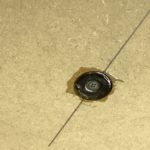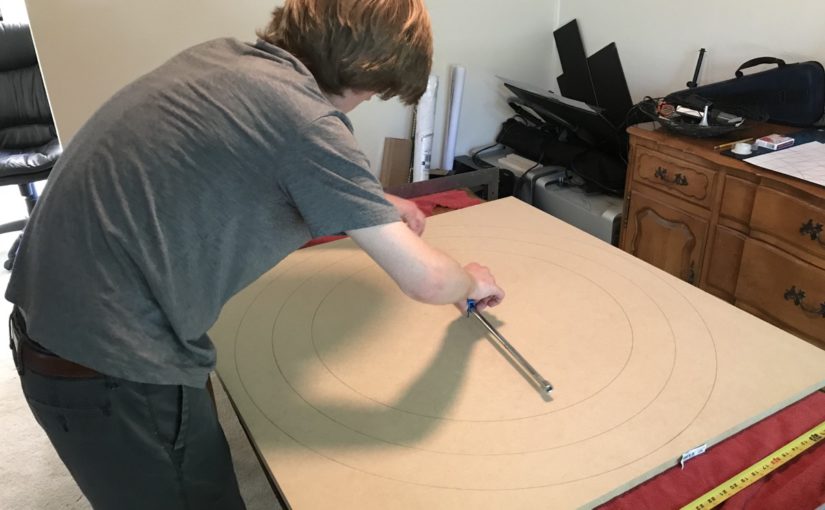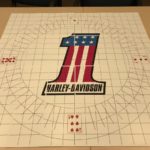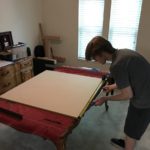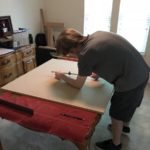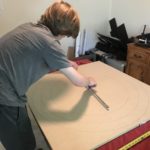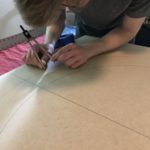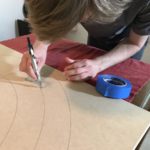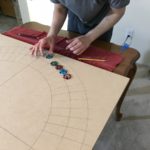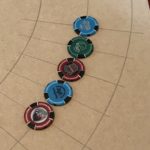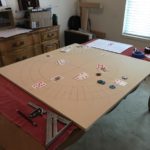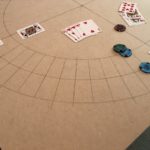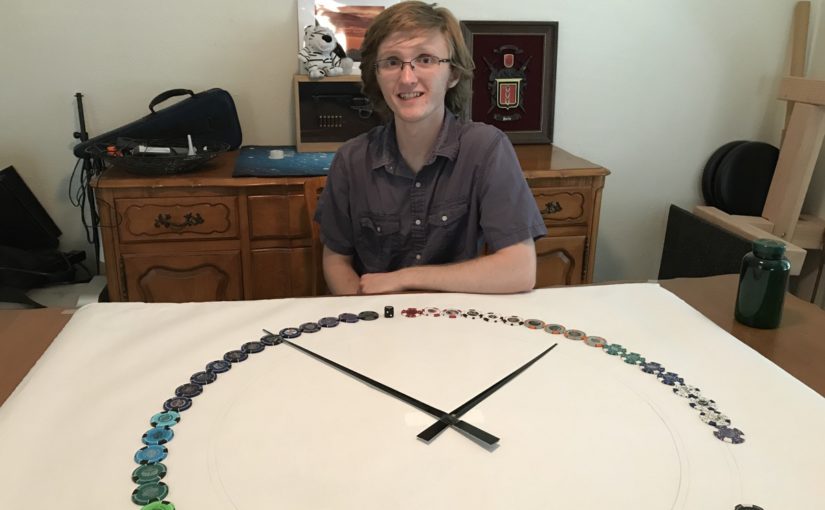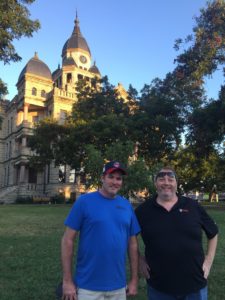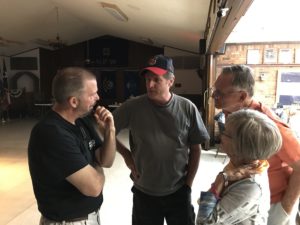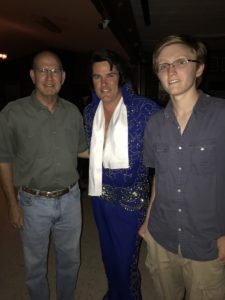| Location | Dealer Name | Address | Collector |
|---|---|---|---|
| Bedford | Adam Smith’s Texas HD | 1 Texas Harley Way Bedford, TX | Greg |
| Burleson | Stampede HD | 240 N Burleson Blvd Burleson, TX | Greg |
| Carrollton | Maverick HD | 1845 N Interstate 35 E Carrollton, TX | Greg |
| Conroe | Texan HD | 2111 N Frazier St Conroe, TX | Greg |
| Denton County (Corinth) | American Eagle HD | 5920 S Interstate 35 E Corinth, TX | Greg |
| Fort Worth | Fort Worth HD | 3025 W Loop 820 S Fort Worth, TX | Greg |
| Garland | Dallas HD | 1334 W Centerville Rd Garland, TX | Greg |
| Grand Prairie - I20 | Longhorn HD | 2830 W Interstate 20 Grand Prairie | Greg |
| Houston - North | Mancuso HD Central | 535 N Loop Houston, TX | Greg |
| Houston - North West | Mancuso HD | 12710 Crossroads Park Dr Houston, TX | Greg |
| Houston - South East | Stubbs HD | 4400 Telephone Rd Houston, TX | Greg |
| Stafford (Houston - South West) | Republic HD | 12707 Southwest Fwy Stafford, TX | Greg |
| Waco | Adam Smith’s Texas HD of Waco | 4201 S Jack Kultgen Expy Waco, TX | Greg |
| Woodlands | Harley Davidson of the Woodlands | 25545 Interstate 45 N The Woodlands, TX | Greg |
| College Station | The Ranch HD | 4101 State Hwy 6 S College Station, TX | Greg |
| Austin | Cowboy HD of Austin | 10917 S Interstate 35 Austin TX | Greg |
| Jacksonville, FL | Adamec HD | 10399 Atlantic Blvd, Jacksonville, FL, USA 32225-6604 | Dad |
| Salem, OR | Salem HD | 3601 Silverton Rd NE Salem, OR, USA 97305-1471 | Julie |
| Bend, OR | Wildhorse HD | 63028 Sherman Rd Bend, OR, USA 97703-5750 | Amy |
| New Orleans, LA | New Orleans HD | 6015 Airline Dr Metairie, LA, USA 70003-4330 | Jennifer |
| Tallahassee, FL | Tallahassee HD | 1745 Capital Cir NW Tallahassee, FL, USA 32303-3115 | Jennifer |
| Tampa, FL | HD of Tampa | 6920 N Dale Mabry Hwy Tampa, FL, USA 33614-3931 | Jennifer |
| Daytona, FL | Bruce Rossmeyer’s HD | 510 Main St Daytona Beach, FL, USA 32118-4440 | Jennifer |
| San Antonio, TX | Caliente HD | 7230 NW Loop 410 San Antonio, TX, USA 78245-2150 | Jennifer |
| Mobile, AL | Mobile Bay HD | 3260 Pleasant Valley Rd Mobile, AL, USA 36606-2712 | Jennifer |
| Panama City Beach, FL | HD of Panama City Beach | 14700 Panama City Beach Panama City Beach, FL, USA 32413-2813 | Jennifer |
| New Port Richey, FL | HD of New Port Richey | 5817 State Rd 54 New Port Richey, FL, USA 34652-6023 | Jennifer |
Updated: August 2, 2018


